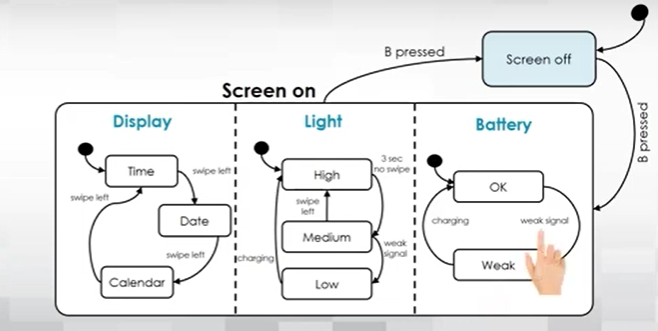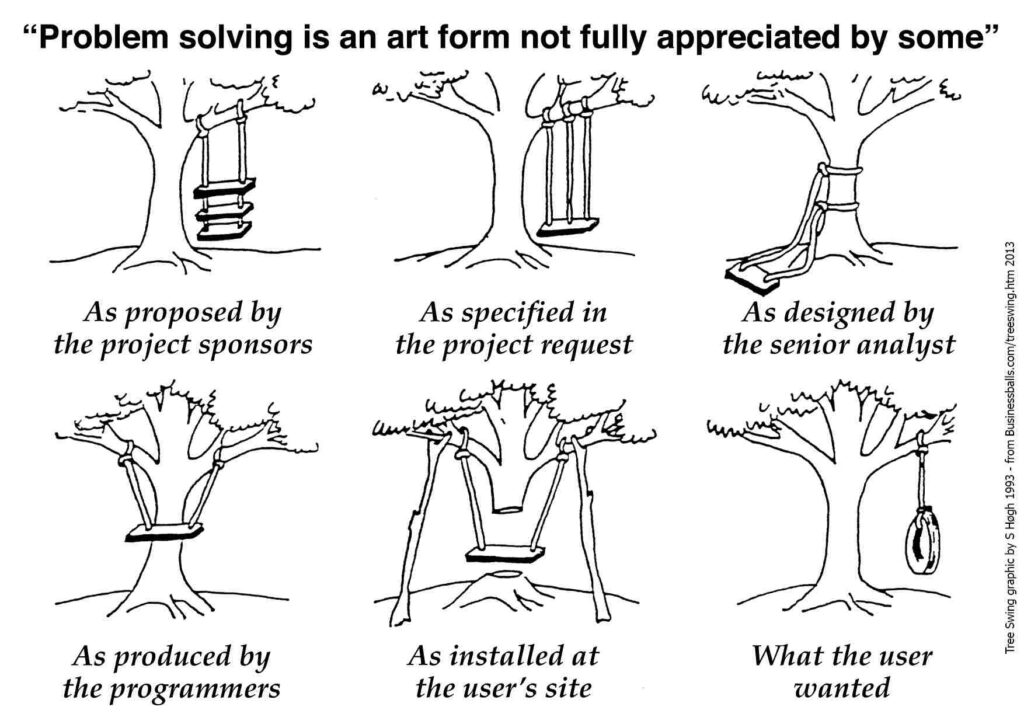Artificial intelligence and Machine Learning may be the most talked about subjects in the world of business and finance today. With the release of ChatGPT, chatbot capabilities are accessible to anyone with internet access. The recent AI revolution is producing easier ways to work. It is also prompting questions about the future of robots and AI in the workplace. But in reality, AI as we know today, was a long time in the making.
“At Datarails we help people interact with their data naturally,” Michal Gordon, Senior Innovation Researcher at Datarails and a senior lecturer of Computer Science at Holon Institute of Technology says. “It allows people to program and makes sense of complicated data. Now we are giving a natural interface to Datarails through the AI chatbot “FP&A Genius” and you can get what you want while using your own words – just by typing in a question!”
Gordon was always interested in human-computer interaction, and is a pioneer in the field of simplifying computer programming and machine learning for beginners and children. Her course that she teaches together with Professor David Harel from the Weizann Institute of Science and the Holon Institute of Technology titled “Programming for Everyone – an Introduction to Visual Programming Languages”, is an online EdX course that simplifies programming and makes it accessible and intuitive for beginners.
She started her academic career with a dual bachelor’s degree in Psychology and Computer Science in 2002, at a time when there were few data science degrees, and this was a less common dual degree to study.
While many of her friends were skeptical about her decision, she was confident in the connection between people and technology. “If I cannot find an engineering avenue to connect people and technology, at least I will be a Psychologist for Computer Scientists and understand their problems and frustrations better,” she would joke when people questioned her degree choice.
She completed her Masters degree at the Weizmann Institute of Science researching computer vision, feature detection and face recognition algorithms under Professor Shimon Ullman, whose research lab helped found autonomous driving tech leader Mobileye.
But it was during her PhD at the Weizmann Institute that she got interested in “visual formalism” which she describes as a “whole different way of thinking about programming.”
Visual formalism is a simpler way of looking at programming. Instead of coding through complex mathematical equations, it describes transitions in coding in a visual fashion, creating a simpler way for developers to put two and two together.

During her PhD at Weizmann Institute of Science, she worked with computer scientist and Professor David Harel who developed state charts, a form of visual formalism. He also developed behavioral programming focusing on the connections between programming behaviors and how humans think in order to allow simpler and more “human-like” coding.
“In programming there is a big gap between what the original idea was and the end result,” Gordon said. “At first there is the idea that the person or company wants to achieve – a new feature or application for example. Then there is the gap of how the programmer understands the requirements and implements them versus how the customer or product team understands them. It ends up passing through all of these loops of different people and it rarely ends up how the original person wanted it.”
One of the greatest visual illustrations of this is the tree swing cartoon:

Python and most other programming languages were not originally built to conform to how humans think, therefore they make people think in Python which isn’t natural, Gordon explained.
“David’s idea was to close the gap and make programming more direct through behavioral programming. We wanted to make something that is very close to how the original person asked for it. I added a natural language interface to that idea, so that you could talk to the computer about your requirements, fixing both gaps. ”
“That’s when we came up with the course “Programming for Everyone – An Introduction to Visual Programming Languages,” Gordon said. “The Israeli Department of Education realized the importance of learning accessible and simple programming and they sponsor the course on e-learning platform EdX and on the national Israeli platform, Campus IL.”
Gordon always loved the connection between Computer Science and Humans, which today are thriving research fields called Human Computer Interaction (HCI), and even Human Robot Interaction (HRI).
In her postdoctoral research at MIT’s media lab with Professor Cynthia Breazeal she researched children programming social robots in a natural environment using the social robot toolkit, “a toolkit that allows preschool children to experiment with computational concepts while teaching a social robot new rules using reusable and drawable stickers.”
At Datarails, robots may be a next step, but currently she is helping integrate an AI virtual assistant.
Datarails is programming for finance professionals
Data and numbers don’t mean anything when they are all bunched together. It is the finance team’s job to collect, analyze, and report the numbers in a way that tells a story and makes sense to other people, says Gordon.
“This is what Excel does. Excel is a programming language that allows the average person to program numbers and data in a way that makes sense,” she adds. “While some complex formulas are for expert Excel users, there are thousands of simple formulas that allow for simple calculations and programming.
“Humans don’t think in large elaborate stories, they think in short ones that connect,” Gordon says. “If you can keep the code in this human way it would be so much easier.”
Her long academic career and her passion for connecting humans and computers is what drives Gordon’s research at Datarails, especially research and development of the new ChatGPT-like finance chatbot called “FP&A Genius”.
“In Datarails we have a ChatGPT interface,” she said. “Finance teams have a lot of data in their systems, but it’s too much, it’s just a lot of work to find the interesting and actionable data in it. One thing we’re doing is allowing users to ask a question in the way a human would ask and you just get the answer in graphs or text after applying the necessary data analysis. We are also adding insightful information that the AI initiates.”
“Humans need the information in small stories,” she continues.
And with the huge amount of data available to everyone making it human is more important than ever.
Machine learning throughout the years
Gordon explained that making computer programming accessible is important in a world that is immersed with outputs of programs that affect our lives.
The key to making things simple is sometimes understanding how children learn and catering to them.
“Computer scientists today talk about teaching computational thinking, and its importance” Gordon continued. “Programs manage us more and more and we need to understand how they ‘think’. Since we are using programs everyone should know something about how they work.
Similar to how in the industrial revolution it was necessary to teach more people to read, so they could read complex instructions and work with heavy machinery, and later it was understood that in order to learn how to read, it is necessary to also teach writing. For people to use programs and AI in current times – and AI may be inventive or wrong sometimes – it is necessary to teach how programs and AI work.”
The AI chatbot is also meant for people who don’t know finance, as the human way of asking questions allows you to receive simple, trusted, human-like answers that tell the stories with visuals – in the same way you would have a person explain complex numerical information in a simplified way.
“This is what we do at Datarails,” says Gordon. “We connect between people and data in a very natural way.”
Resources and further learning:
- Programming for everyone: An Introduction to Visual Programming Languages. Taught by Michal Gordon and David Harel.
- Come Let’s Play: Scenario Based Programming Using Live Sequence Charts and the Play-Engine. Proposing a different way to program, centered on inter-object scenario-based behavior. Written by David Harel and Rami Marelly
- Spaghetti for the main course? Observations on the Naturalness of Scenario-based Programming: Written by: Michal Gordon, Assaf Marron, and Orni Meerbaum–Salant
- Scratch: The world’s largest free coding community for kids. Developed by Mitch Resnick.